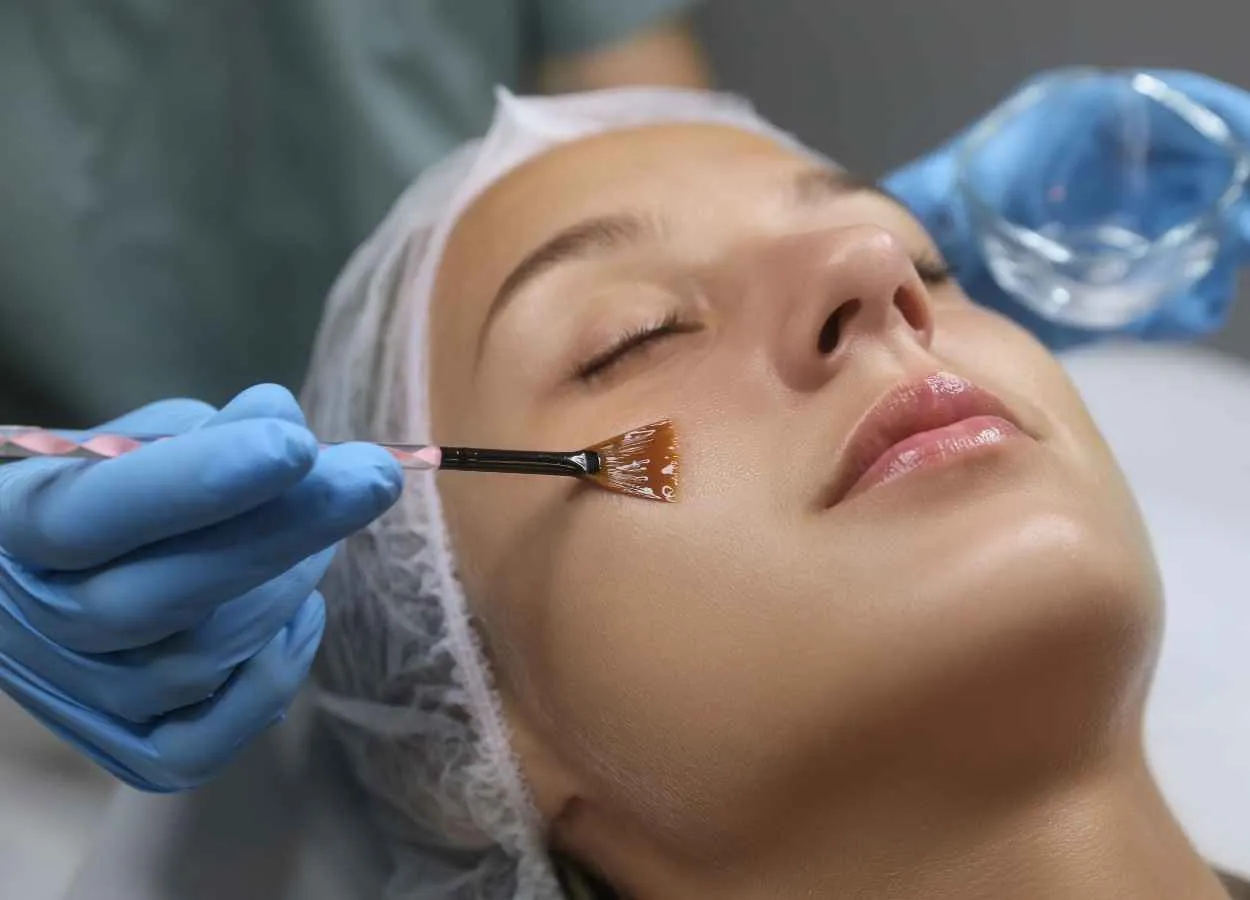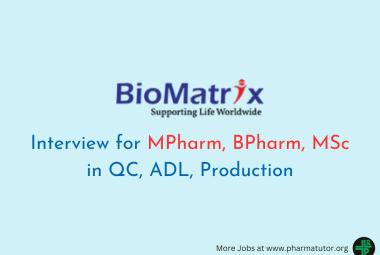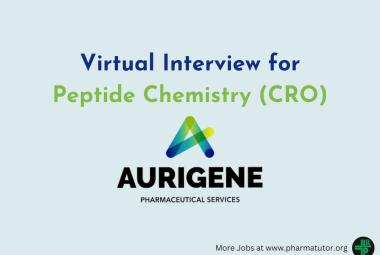 Vinay Kumar Singh.
Vinay Kumar Singh.
Head-Formulation
Kumar Organic Products Research Centre Pvt. Ltd.,
Bengaluru
Email : formulation_krc@kopresearchcentre.net
A new formulating trend in cosmetics is waterless, water-free or low water cosmetics. The Waterless beauty trend originally started in South Korea. The concept was about increasing the potency of skincare to be more effective on the skin. Waterless beauty products are now a trend that the mass-market and many consumers have embraced.
Today waterless beauty products are beginning to be more about sustainability than increasing the effectiveness in skincare.
While water appears plentiful, it is suggested that of the available 3% percent of fresh water on Earth, only 0.4% is available for use as the rest is tied up in glaciers, snow packs and ice caps. And, if significant changes in water consumption are not made, two-thirds of the world may be facing water stress by the year 2025.
Many areas have already faced dangerous drought conditions, such as those that contributed to devastating wildfires in California in 2018. Also in 2018, Cape Town, South Africa was facing a significant water shortage that could have completely shut off the taps. Residents were forced to resort to matters such as reusing shower water and limiting the number of times toilets were flushed.
The mass population must make substantial changes to behaviour in order to preserve the integrity of the water supply. Many cosmetics contain high concentrations of water because it is a great solvent and inexpensive. However, many formulators are reconsidering the compositions of cosmetics and personal care products, placing greater emphasis on sustainable, green and clean products.
The Waterless Cosmetic Market size was valued at USD 9.5 Billion in 2021 and the total Waterless Cosmetic revenue is expected to grow at a CAGR of 12.2% from 2022 to 2029, reaching nearly USD 23.86 Billion.
Water is normally the first ingredient in hair, skin, and cosmetic products? The average bottle of shampoo also contains 80 percent water. This is a lot of water being used and shipped around the world. Now with sustainability as a priority, many companies are looking for innovative products and packing. This resulted in waterless cosmetics. By eliminating water, you are also saving on containers and packaging waste. The reduced packaging also means less fuel or pollution used to ship these products.
A survey by Cosmetics Business found that 57% of responders purchased a waterless product and would purchase again. Over 90% said they would like to see more innovation and 85% agreed that the waterless sector will become more mainstream in beauty.
Waterless formulation isn’t an entirely new concept, evidenced by bar soap, but with increased consumer interest in eco-conscious formulas the selection of solid, waterless and low-water formats has grown. Bar, Tablets, Sheets, Powder to Liquid, and Concentrates (which have similar appearance to bars.).
With the prospect of water scarcity in the world, the demand for more sustainable choices is growing. Consumers are more conscious about making sustainable choices, especially generation Z and Y have higher demands on brands to deliver sustainable products.
Some historical formulation types are being revived and redesigned. Products like soap bars can be packaged in recyclable paperboard or sold as individual loose bars, sans packaging. Cosmetic brand LUSH sells shampoo bars, solid conditioners, soaps, scrubs and massage bars minus packaging, or “naked” as they call it. Today, we expect a solid cosmetic formulation to have the same properties as their water-containing counterparts.
The following are trending waterless formulation offered for consideration.
Bar Soaps
Soap is one of the oldest known cosmetics. The first recorded mention of soap was ancient Sumerian tablets.
Syndet and Combo Bars
Body washes often are comprised of 80% or more water and they are packaged in plastics. This presents an opportunity for soaps—or more common today, synthetic detergent (syndet) and combo bars. Traditional soaps pose the disadvantage of a high pH, which disrupts the skins acid mantle. In addition it can form soap scum that precipitates on bath and shower surfaces in the presence of hard water. Synthetic surfactants do not present these drawbacks, which makes them a more popular choice today.
Synthetic surfactants also can be blended with conventional soaps, referred to as combo or combi bars. The pH of pure soap-free syndet bars is in the range of 5 to 7, which makes them much more “skin-friendly.” Common synthetic surfactants used in syndet bars are sodium cocyl isethionate and sodium lauryl sarcosinate. These are blended with plasticizers, binders, emollients and fillers, along with other aesthetic-enhancing ingredients to create syndet bars.
Today, a variety of preformulated syndet, or combo noodles, are available from suppliers who have considerable expertise in syndet production. This allows formulators to create premium bars with less time spent on product development.
Shampoo and Shampoo/Conditioner Bars
Waterless cleansing products are also developed for hair care, although one disadvantage to a shampoo bar is the drying feel it can leave. With the addition of superfatting agents, however, some conditioning properties can be added.
Fats and oils such as palm oil, olive oil and cocoa butter has long been known as superfatting agents in soap making. On the other hand, such agents can plasticize the bar, leading to increased bar wear rate and mushing. Moisture content and hardening agents can be added to combat these effects. As such, popular oils like Argan and jojoba are making their way into shampoo/conditioner bars. Better conditioning can be achieved through the addition of ingredients such as behentrimonium methosulfate and cationic guar gums.
Powder Facial Cleansers
Amino acid-based glutamates are supplied as dry powders, are very mild and are highly biodegradable. While they can be used on their own to create powder cleansers that foam well when applied to the skin in the presence of water, a creative approach that provides a unique sensory profile is to add sodium bicarbonate and citric acid. The two react once mixed with water to produce vigorous, bubbling foam. Natural oils and butters can be added to enhance skin feel and enhance moisturization.
Dry Shampoo
Dry shampoo products allow consumers to skip a day or two of hair washing and help to refresh their style. Ingredients such as talc, rice starch and aluminum starch octenylsuccinate are used to absorb sebum from the scalp. Zeolite or cyclodextrin are added to absorb complex odours such as cigarette smoke.Amino acid-based glutamates are supplied as dry powders, are very mild and are highly biodegradable.
Dry shampoos are typically packaged as powders or aerosol sprays, which are shaken, sprayed into hair and brushed to distribute. Powders should be mixed with a ribbon blender or other suitable equipment to create homogenous blends. For aerosols, the powders are typically dispersed in ethanol prior to filling. Other formats have also grown like Tablets, Sheets and Powder to Liquid.
Number of products reduction: such as formulas, skin care routine based on water free products tend to minimalism. Water free products being often multi-purpose, sometimes more oily and suitable for a large target. They allow to reduce the number of products used in a bathroom, ensuring money savings.
Advantage of Waterless Formulation
• There are also various technical factors that speak in favour of solids and concentrates, however. A formulation that contains water always runs the risk of microbiological contamination. That is why preservatives are added to keep the formulation totally hygienic.
• Preservative reduction: without water, bacteria growth is not possible, the use of preservatives is therefore not necessary in anhydrous formulas. Moreover, the positive list of authorized preservatives according to EU cosmetic regulation being continuously shorter.
• Ingredient reduction: these minimalist formulas are designed to reduce the use of various additives as well as preservatives. Their reject in environment is therefore reduced in a same way (especially true for wash off products).
• Packaging reduction: packaging size and format being reduced, the amount of material necessary for packaging production is also significantly decreased. Moreover, water free formulas are often more appropriate for refill. This formulas are positively impact the number of packaging consumption necessary for product use.
We at Formulation Dept. of Kumar Organic Products Research Centre have developed few waterless formulations as below.
Tablet & Powder Shampoo, Conditioner Bar, Tablet Toothpaste, & Tablet Mouthwash.
As concerns about the state of our environment continue to mount, there are many opportunities to formulate water-free products by looking back at historical techniques and incorporating modern technologies. From cleansing balms to solid foundation sticks, the number of anhydrous products on the market continues to grow, as does the opportunity for innovation.
Not only do anhydrous formulation conserve water, they allow for significantly less plastic packaging. In fact, it is estimated that only 9% of all plastics produced are recycled, with most ending up in landfills and polluting oceans, causing harm to birds, marine mammals and fish.
Beauty products like solids, powders, and balms often occupy less space than liquid beauty products, and they can therefore contribute to reducing the Carbon footprint.









